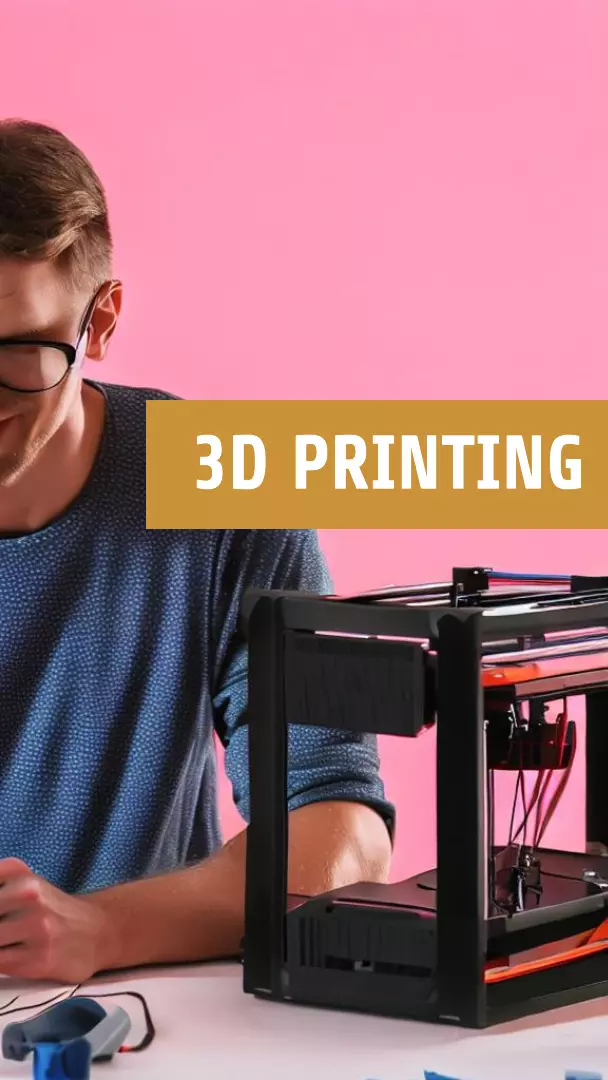How to Print in 3D
3D printing is a revolutionary technology that has been changing the way we approach manufacturing and production. It is a process of creating a physical object from a digital model, layer by layer. 3D printing has wide-ranging applications, from medical implants to custom jewelry and toys. If you’re interested in learning how to print in 3D, this guide will provide you with the necessary steps and tools.
Step 1: Get a 3D Printer
The first step to 3D printing is to get a 3D printer. There are many options to choose from, ranging from affordable models for beginners to professional-grade printers for advanced users. Some popular brands include Prusa, Ultimaker, and MakerBot. Before buying a 3D printer, consider your budget, the size of the objects you want to print, and the materials you plan to use.
Step 2: Choose a 3D Modeling Software
Once you have a 3D printer, the next step is to create a digital model of the object you want to print. This is done using 3D modeling software. There are many free and paid options available, such as Tinkercad, Blender, and SketchUp. These software programs allow you to create and modify digital models, which can then be exported in a format that is compatible with your 3D printer.
Step 3: Prepare Your 3D Model for Printing
Before printing your 3D model, you need to prepare it for the printer. This involves slicing the digital model into thin layers and generating a file that the printer can read. This step is done using a slicing software, which is often included with the 3D printer or can be downloaded for free. Some popular slicing software options include Cura, Simplify3D, and Slic3r.
Step 4: Load Filament into Your 3D Printer
The next step is to load filament into your 3D printer. Filament is the material that is used to create the physical object. There are many different types of filament available, including PLA, ABS, and PETG. Each type of filament has its own unique properties and is suited for different applications. Consult your 3D printer’s manual to learn how to load filament into your specific model.
Step 5: Start Printing
Once your 3D model is prepared and filament is loaded into your printer, it’s time to start printing. This can be done using the printer’s onboard controls or a computer connected to the printer. During the printing process, the printer will layer the filament on top of each other, creating a physical object that matches the digital model.
Step 6: Finishing Your 3D Printed Object
After the printing process is complete, you may need to do some finishing work on your 3D printed object. This can include removing support material, sanding rough edges, and applying a finishing coating. The finishing process will depend on the type of object you printed and the material used.
Conclusion
Printing in 3D may seem daunting at first, but with the right tools and knowledge, it can be a rewarding experience. By following these steps, you can create your own 3D models and turn them into physical objects. With the growing popularity of 3D printing, the possibilities are endless.







